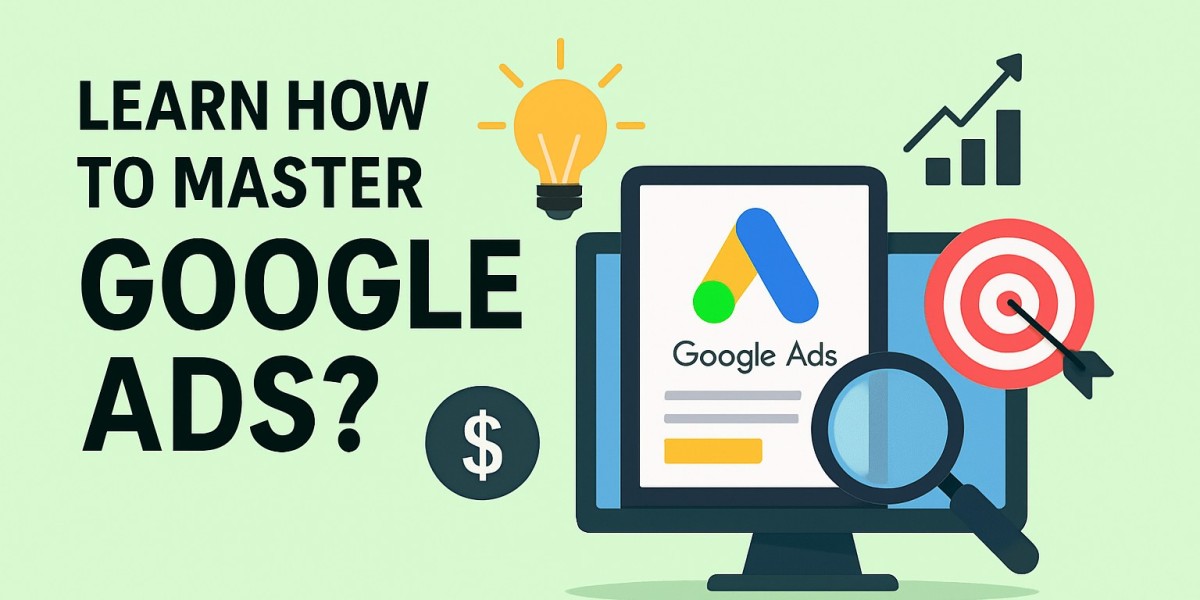In a world where mental well-being is finally receiving the attention it deserves, the intersection of healthcare and technology has opened new pathways to healing. One of the most powerful outcomes of this convergence is the rise of mental health apps—digital tools that support users in managing stress, anxiety, depression, and overall emotional health.
As demand for accessible mental health app development solutions grows, developing a mental health app is not only a promising business opportunity but also a chance to make a real difference. In this blog, we’ll explore the key aspects of mental health app development, from ideation to compliance, features to monetization.
Why Mental Health Apps Matter
Mental health conditions affect more than 1 in 4 people globally, yet access to care remains limited by cost, stigma, and availability. Apps provide a bridge, offering:
24/7 support and access to self-help tools
Affordability compared to traditional therapy
Anonymity, which reduces stigma
Scalability, allowing help to reach millions
With mindfulness, CBT-based exercises, AI-powered chatbots, and teletherapy sessions, mental health apps are transforming how people access psychological support.
Step 1: Define the Purpose
Mental health is a broad domain. Start by narrowing your focus:
Mood tracking (e.g., Daylio)
Meditation and mindfulness (e.g., Headspace, Calm)
Cognitive Behavioral Therapy tools (e.g., Woebot)
Peer support or community chat
Teletherapy platform for licensed counseling
Each focus has different tech, design, and regulatory implications.
Step 2: Research & Compliance
Mental health apps touch deeply personal data, so privacy and compliance are non-negotiable.
Key Considerations:
HIPAA (U.S.) or GDPR (EU) compliance
Secure data encryption and anonymization
Clinical validation (if making therapeutic claims)
Collaboration with mental health professionals to ensure content accuracy
Step 3: Design for Empathy
User experience (UX) in mental health apps must prioritize empathy, safety, and simplicity.
Design tips:
Use calming visuals and color palettes
Avoid triggering language or imagery
Create intuitive, minimal interfaces
Offer encouraging feedback loops
Make emergency support (like crisis lines) easily accessible
Your app isn’t just a tool—it’s a companion during vulnerable moments.
Step 4: Build Core Features
Depending on your niche, here are some features to consider:
Core Features:
User onboarding and assessment tools
Mood journals or daily check-ins
AI or human chat (CBT-based or emotional support)
Guided meditations and breathing exercises
Push notifications for habits and reminders
Progress tracking dashboard
Therapist directory or booking system
For AI-powered apps, integrate natural language processing (NLP) models that recognize sentiment and tone. For real-time care, integrate video or voice call APIs.
Step 5: Monetization Strategies
Mental health apps can be monetized ethically, balancing business goals with user trust.
Popular models:
Freemium: Basic features for free, premium content via subscription
In-app purchases: Specific courses or meditation packs
B2B partnerships: Sell to corporations as part of employee wellness programs
Teletherapy fees: Charge per session if offering licensed therapists
Avoid intrusive ads, which can break trust in sensitive health contexts.
Step 6: Continuous Improvement
The mental health landscape evolves. Continuously gather user feedback, consult clinicians, and monitor app performance. Add features like:
AI personalization
Multilingual support
Voice-based journaling
Integration with wearables for stress tracking (e.g., heart rate, sleep)
Mental health isn’t static, and neither should your product be.
Final Thoughts
Developing a mental health app is more than building software—it's creating a lifeline for those who may not have another. It demands a unique blend of technology, psychology, and compassion.
If you’re building in this space, prioritize ethical development, user safety, and clinical accuracy. Do it right, and your app could be the hand someone reaches for in their darkest moment.







